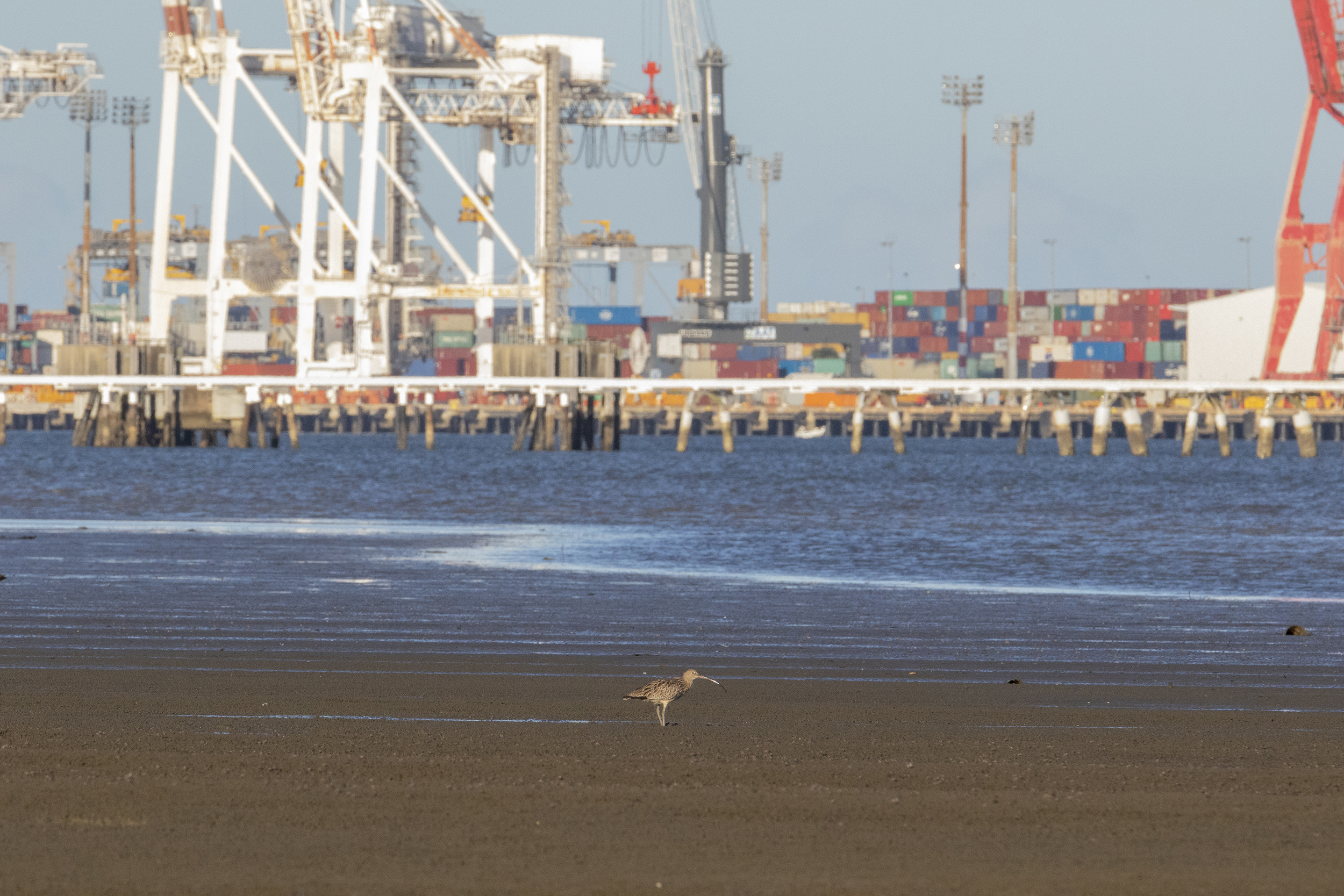Kimberley Peters and Philip Steinberg, “The ocean in excess: Towards a more-than-wet ontology,” Dialogues in Human Geography 9, no. 3 (2019): 293–307.
Rachel Bronishon, “Brisbane’s New Runway: A timeline from conception to construction to completion,” BNE Brisbane Airport, January 5, 2021, ➝.
Robert Smithson, “Aerial Art (1969),” in The Writings of Robert Smithson, ed. Nancy Holt (New York: New York University Press, 1979), 92–93.
Bruno Latour, Down to Earth: Politics in the New Climatic Regime (Cambridge: Polity, 2018).
Andrew Darby, Flight Lines: Across the globe on a journey with the astonishing ultramarathon birds (Crows Nest: Allen & Unwin, 2020), 257.
Smithson, “Aerial Art (1969),” 92–93.
Thom Van Dooren, Flight Ways: Life and Loss at the Edge of Extinction (New York: Columbia University Press, 2014).
